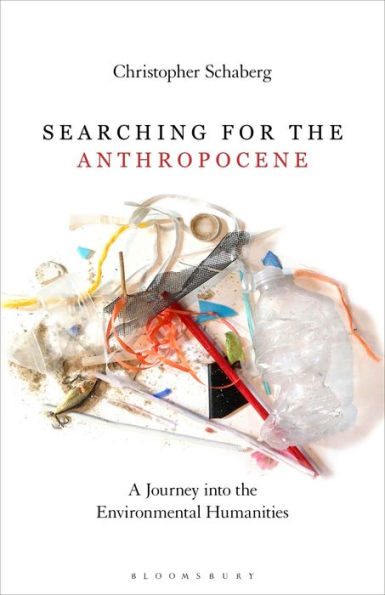Home
Becoming an Environmental Psychologist: Autobiographical Career Paths Toward Applied Social Science.
Loading Inventory...
Barnes and Noble
Becoming an Environmental Psychologist: Autobiographical Career Paths Toward Applied Social Science.
Current price: $110.00


Barnes and Noble
Becoming an Environmental Psychologist: Autobiographical Career Paths Toward Applied Social Science.
Current price: $110.00
Loading Inventory...
Size: OS
*Product Information may vary - to confirm product availability, pricing, and additional information please contact Barnes and Noble
The aim of the book is to serve as an inspiring supplemental resource for students who wish to know more about how leading thinkers established themselves as environmental psychologists. In each chapter, the author describes their inspirations, decisions about undergraduate and graduate courses, particular schools, and professional connections that have made a difference to their careers in environmental psychology. Many undergraduate students are disappointed with the lack of a clear path to becoming an environmental psychologist. A strong need exists for a resource like this book for students (and for others who may be looking to add to their careers) to understand how to gain experience and credentials in the field in different ways. Readers may also be bolstered in their attitude about choosing a niche field like environmental psychology and decide to stick with it if they read the success stories published in this book by leading thinkers who have taken varied and atypical approaches to becoming a professional environmental psychologist.
The book’s chapters are organized in a manner that shows readers how one may come from many different backgrounds and integrate environmental psychology into their education or professional realm. Part I contains chapters in which authors write about how they approached environmental psychology from architecture, urban planning, and geography, while Part II includes chapters from authors who found environmental psychology via cognitive psychology, clinical practice, and neuroscience. Part III has chapters from authors writing from the health sciences and social ecology, while Part IV contains chapters by authors inspired to become environmental psychologists through a general appreciation of nature and eco-conscious living. Those who find a way to make environmental psychology part of their career are often very passionate individuals who are keen to describe their pathway to doing what they love with the hope that others will follow. This book is likely to advance that outcome.


















